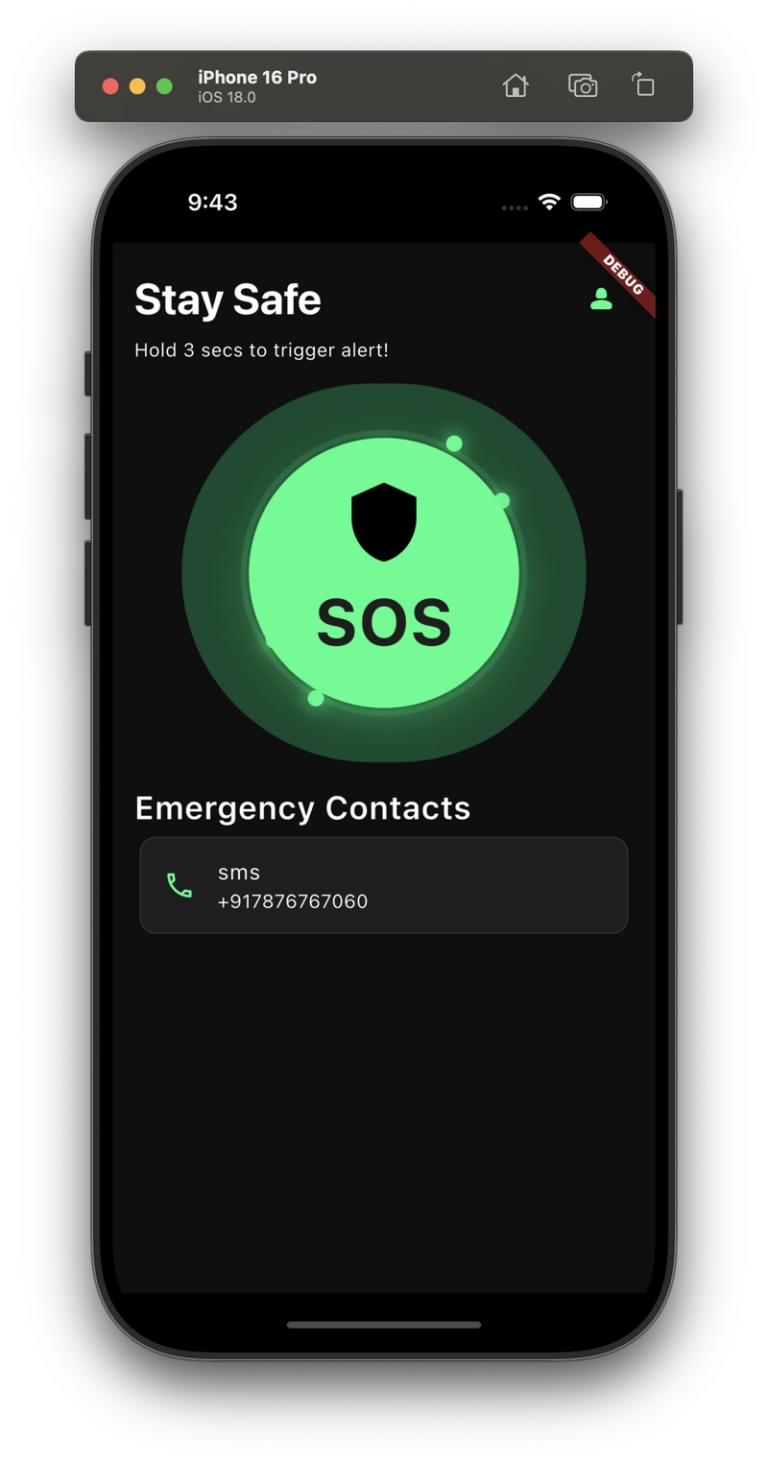Roborock’s ‘Frankenstein’ vacuum has the best features of Shark and Dyson – and it’s half price just weeks after launch
Roborock is a big player in the world of vacuum cleaners, and it’s latest release, the H60 Hub Ultra looks to be a terrific addition to its lineup. And it’s now had a 50% price drop just weeks after launching.



